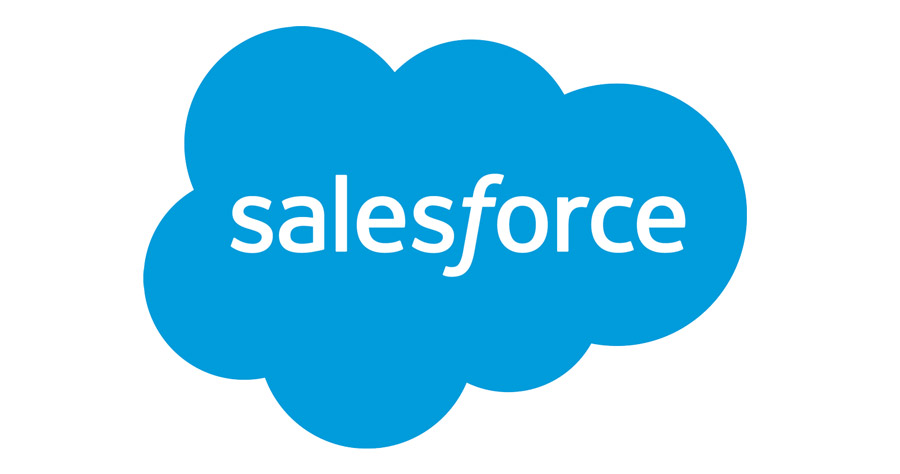
Does the name Nokia ring a bell?
It was considered as the best phone in the market in the early ‘90s and nobody had an alternative. That is until Apple and Samsung completely decimated the market after the millennium. Salesforce seems to be heading towards the same end as Nokia did. In early 2016, the company announced its Q1 results followed by a spike in pricing.
Thousands of Salesforce users had no choice but to comply with this hike because Salesforce had established a captive market. But a new generation of CRMs are emerging as an alternative to Salesforce and some of them have even better features than Salesforce. A lot of these ERPs have brought user-friendly interfaces that are intuitive to business users. Some of these ERPs are easy-to-configure and completely automated. The disruption that nudged Nokia off the market might repeat again and this time it will happen faster.
But why is Salesforce declining?
Salesforce was the cornerstone of the Software-as-a-Service (SaaS) wave in 1999. It replaced a lot of on-premise CRM applications with its cloud-based integrated solution. But CRM will always be complex because it requires manual data collection and email marketing. Businesses today are catching up with keeping their data consistent let alone analyzing it to gather information about customers and a CRM that can aggregate data, derive insight and help in decision making will have an advantage.
Paradigm Shift
When Apple entered the market, Nokia was left confounded — facing a competitor it did not understand. Additionally, new social platforms like Facebook completely won the market share from old ones like MySpace not because they are necessarily better but because they often offer better versions of the same technology. Users will navigate towards simplicity and CRMs that can offer better service than Salesforce will be a threat to the industry leader.
CRM applications are increasingly placing user experience at the center of their functionality and it’s going to be difficult for Salesforce to adapt to this trend. Many competitors have spent millions of dollars trying to provide data-driven automation and there are a lot of consultants and developers who offer add-ons which Salesforce lacks. Salesforce might have been a behemoth when it launched but its heyday is over and innovation was never part of its survival strategy.
What lies ahead?
Post-Salesforce ERPs will disrupt the industry similar in ways to how Apple disrupted the cellphone market. A new batch of CRMs will use data to make decisions.
These CRMs will allow companies to focus more on managing relationships while the complex task of managing the data will be handled by the CRM. These systems will aggregate customer data ranging from phone calls to emails to text messages to transactions while sifting through thousands of data points to come up with actionable trends.
Just as the iPhone emerged as the best smartphone on the market combing aesthetics with functionality, Salesforce ERP has to improve its functionality if it plans to stay relevant in the market. AI-driven CRM technology can be a boost to sales teams the world over as they no longer have to depend on cumbersome and complex legacy applications.
2017 could prove to be a turning point for Salesforce. It is the right time for the company to radically start altering its functionality or continue operating as-is. The first choice might lead to groundbreaking improvements in the world of CRM. The second might turn out be a bad strategy that will be the beginning of the end.
